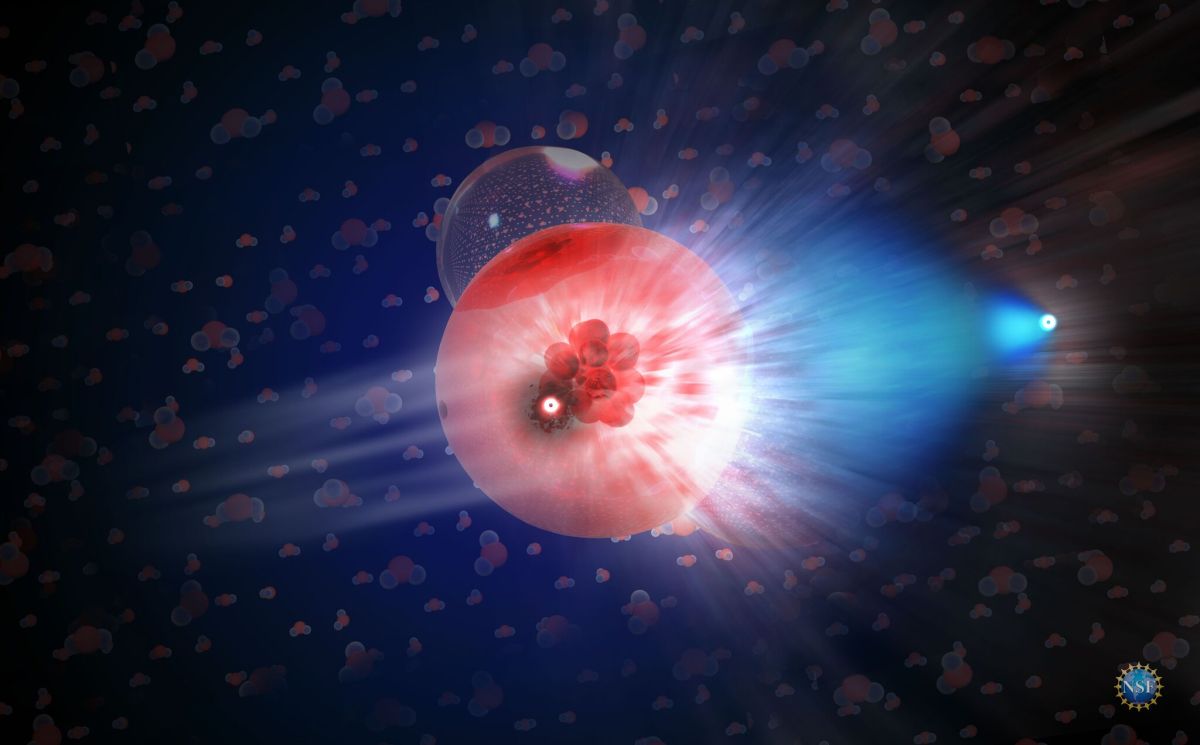SpaceX postponed the departure of its latest Dragon cargo ship from the International Space Station on Saturday (Jan. 22) by at least a day due to bad weather at its landing site. You can watch the next undocking attempt live on Sunday, NASA said. The Dragon CRS-24 cargo ship was scheduled to undock from the space station at 10:40 a.m. EST (1540 GMT) on Saturday and return to Earth early Monday morning. But bad weather at potential splashdown locations in the Gulf of Mexico off the Florida coast prevented the…
Read MoreMonth: January 2022
How satellites have revolutionized the study of volcanoes
Developments in satellite technology over the past decade have allowed the world to witness the devastating Hunga Tonga-Hunga Ha’apai eruption and its aftermath in real time and in unprecedented detail. The findings might shed light on the anatomy of rare explosive volcanic eruptions and their effects on the planet. But satellites are also helping volcanologists keep an eye on Earth’s more common (though less eye-catching) outbursts. The last time a volcano erupted as violently as Hunga Tonga-Hunga Ha’apai was 30 years ago. At that time, satellites monitoring Earth were few…
Read MoreThe mystery deepens: Ghostly neutrinos and fast radio bursts don’t come from the same place
Paul M. Sutter is an astrophysicist at SUNY Stony Brook and the Flatiron Institute, host of “Ask a Spaceman” and “Space Radio,” and author of “How to Die in Space.” Sutter contributed this article to Space.com’s Expert Voices: Op-Ed & Insights. The universe is a pretty busy place, with stars blowing up, black holes consuming material and high-energy radiation galore. Some of these events show up on Earth as high-energy neutrinos, ghostly particles that hardly ever interact with normal matter. Still others show up as fast radio bursts (FRBs), which…
Read MoreRed giant stars: Facts, definition & the future of the sun
A red giant is a dying star in the final stages of stellar evolution. In about five billion years, our own sun will turn into a red giant, expand and engulf the inner planets — possibly even Earth. What does the future hold for the light of our solar system and others like it? Star facts: The basics of star names and stellar evolution Forming a giant Most of the stars in the universe are main sequence stars — those that convert hydrogen into helium in their cores via nuclear…
Read MoreSpace Force satellite launch could create a luminous cloud in tonight’s evening sky
If you are outside doing some stargazing in the Western Hemisphere this evening and are looking up at just the right time, you might catch sight of something that will appear quite strange: a small circular cloud of light that will rapidly expand to roughly the apparent size of a full moon, before finally fading away some minutes later. What you will have just seen is not some strange atmospheric phenomenon, but a fuel dump from a U.S. Space Force (USSF) mission that launched earlier today on a United Launch…
Read MoreExperimentos STEM de estudiantes ganan una oportunidad de vuelo mediante un concurso tecnológico de la NASA
La NASA ha elegido a 57 equipos ganadores en un primer desafío nacional diseñado para atraer, involucrar y preparar a los futuros profesionales de las ciencias, la tecnología, la ingeniería y las matemáticas.
Read MoreAtlas V rocket launches 2 surveillance satellites for US Space Force
A powerful United Launch Alliance (ULA) Atlas V rocket launched two “neighborhood watch” satellites for the United States Space Force on Friday (Jan. 21). The Atlas V lifted off from Florida’s Cape Canaveral Space Force Station at 2 p.m. EST (1900 GMT) Friday, carrying two identical Geosynchronous Space Situational Awareness Program (GSSAP) satellites to orbit. If all goes according to plan, the rocket will deploy the two satellites around six hours and 45 minutes after launch. The GSSAP craft will then make their way to their final destination, a near-geosynchronous…
Read MoreSTEM Student Experiments Win Flight Opportunity in NASA Tech Contest
NASA selected 57 winning teams in an inaugural nationwide challenge designed to attract, engage, and prepare future science, technology, engineering, and mathematics professionals.
Read MoreSpace Station Science Highlights: Week of January 17, 2022
Crew members aboard the International Space Station conducted scientific investigations during the week of Jan. 17…
Read MoreSolar and Lunar Eclipses in 2022
Although no total or annular solar eclipses occur this year, skywatchers can look forward to two total lunar eclipses — the first ones observable across North America in more than 3 years. The post Solar and Lunar Eclipses in 2022 appeared first on Sky & Telescope.
Read More